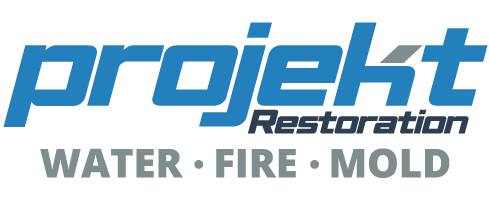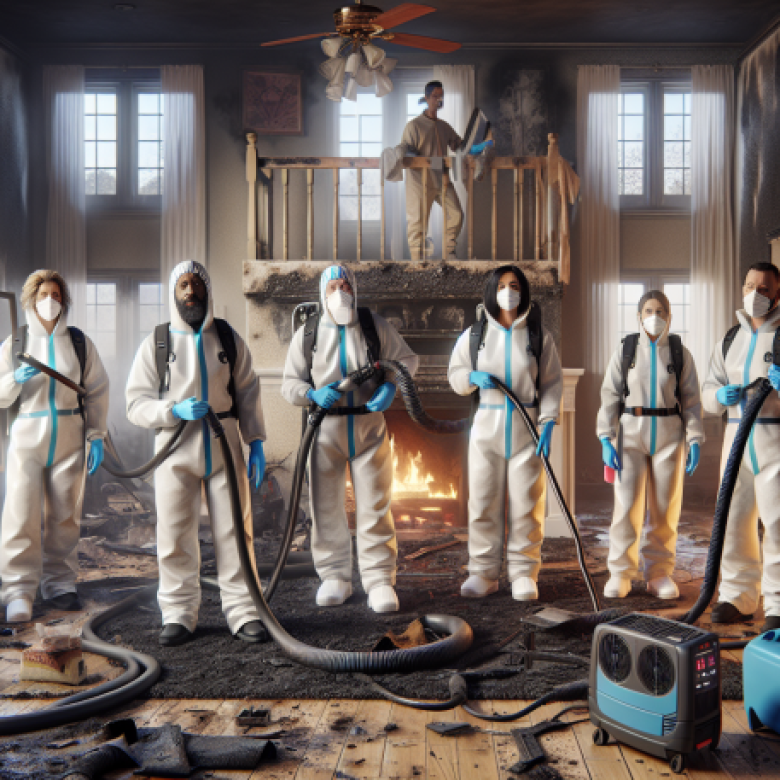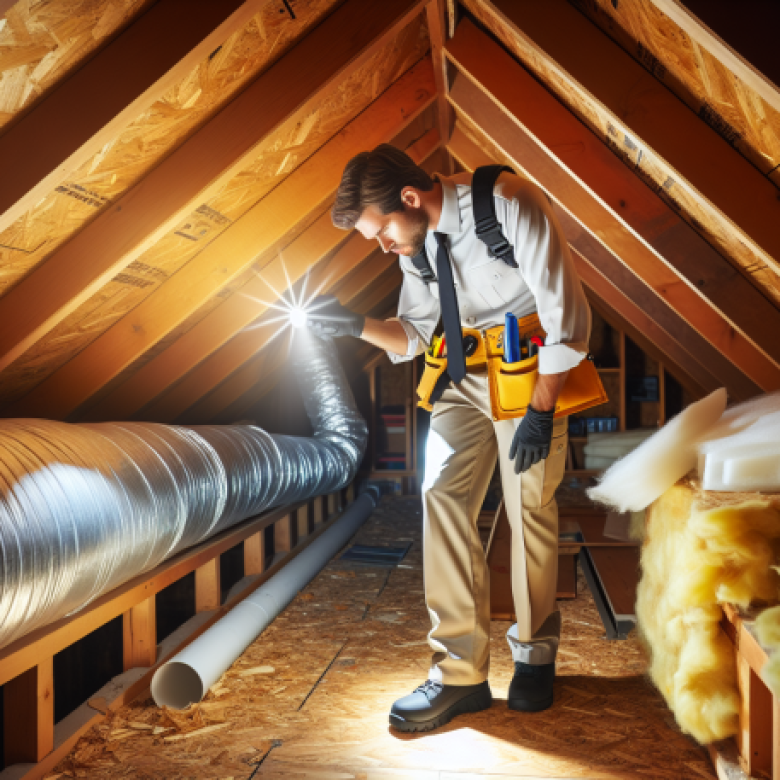Restoring a property after damage can be a daunting task, but maintaining it afterward is equally important. Whether you’ve gone through water damage restoration, fire damage restoration, or even mold assessment and remediation, keeping your property in top shape is essential for its longevity and your peace of mind. In this guide, we’ll walk you through practical tips to help you maintain your property after restoration, ensuring it remains a safe and welcoming space.
Understanding the Importance of Maintenance
Why is maintenance so crucial after restoration? Think of your property as a living organism. Just like a body needs regular check-ups and care to stay healthy, your property requires ongoing attention to prevent future issues. After a restoration, the last thing you want is to face another round of damage due to neglect. Regular maintenance not only preserves the aesthetic appeal of your property but also protects your investment.
For instance, after water damage restoration, it’s vital to monitor for any signs of moisture that could lead to mold growth. Similarly, after fire damage restoration, ensuring that structural elements are sound is key to safety. By staying proactive, you can avoid costly repairs down the line.
Regular Inspections: Your First Line of Defense
One of the best ways to maintain your property is through regular inspections. Schedule these at least twice a year, or more frequently if your property has been through significant restoration. During these inspections, look for signs of wear and tear, leaks, or any other potential issues.
For example, check your roof for missing shingles or signs of water pooling. Inspect your plumbing for leaks, especially in areas that were previously affected by water damage restoration. If you notice any issues, address them immediately. Ignoring small problems can lead to larger, more expensive repairs later.
Additionally, consider hiring professionals for a thorough inspection. Companies like Projekt Restoration offer comprehensive services that include mold assessment and biohazard cleanup. Their expertise can help identify hidden problems that you might overlook.
Keeping Up with Cleaning and Maintenance
After restoration, it’s essential to establish a regular cleaning routine. This not only keeps your property looking its best but also helps prevent the buildup of dirt and grime that can lead to bigger issues. For instance, regular cleaning can help you spot early signs of mold or water damage.
Focus on high-risk areas, such as bathrooms and kitchens, where moisture is prevalent. Use mold-resistant products and ensure proper ventilation to keep these areas dry. If you’ve had a mold assessment and remediation, it’s crucial to maintain the conditions that prevent mold from returning.
Moreover, consider seasonal deep cleaning. This could involve washing windows, cleaning gutters, and checking your HVAC system. If you’re unsure where to start, a professional cleaning service can help. They can also assist with content cleaning if you have items that need special attention.
Addressing Water and Moisture Issues Promptly
Water damage can be sneaky. Even after restoration, it’s vital to keep an eye out for any signs of moisture. This includes checking for water stains on walls or ceilings, musty odors, or visible mold growth. If you notice any of these signs, act quickly.
Invest in a dehumidifier for areas prone to moisture, such as basements or bathrooms. This can help control humidity levels and prevent mold growth. Additionally, ensure that your property has proper drainage systems in place to direct water away from the foundation.
If you experience a leak or flooding, don’t hesitate to contact professionals. Projekt Restoration offers 24/7 emergency services for situations like this. Their team can provide immediate assistance and help you navigate the complexities of insurance claims assistance to cover the costs.
Maintaining Your Landscaping and Exterior
Your property’s exterior is just as important as the interior. Regular landscaping maintenance not only enhances curb appeal but also protects your property from potential damage. Ensure that trees and shrubs are trimmed back from the building to prevent moisture buildup against the walls.
Check your gutters and downspouts regularly. Clogged gutters can lead to water pooling around your foundation, which can cause significant damage over time. Clean them out at least twice a year, and consider installing gutter guards to minimize debris accumulation.
Additionally, inspect your siding and paint. Look for peeling or cracking paint, which can expose your home to the elements. A fresh coat of paint not only looks great but also provides a protective barrier against moisture and pests.
Investing in Preventative Measures
Prevention is always better than cure. After your property has been restored, consider investing in preventative measures to protect it from future damage. This could include installing a sump pump in your basement to prevent flooding or using water-resistant materials in areas prone to moisture.
For properties that have experienced fire damage restoration, consider installing smoke detectors and fire extinguishers in key areas. Regularly check these devices to ensure they are functioning correctly. Having a fire safety plan in place can also provide peace of mind.
Moreover, consider a home warranty or insurance policy that covers restoration services. This can be a lifesaver if you face unexpected damage in the future. Always read the fine print to understand what is covered and how to file a claim.
Creating a Maintenance Schedule
To keep everything organized, create a maintenance schedule. This can be a simple checklist that outlines what needs to be done and when. Include tasks like changing air filters, cleaning gutters, and checking smoke detectors.
Having a visual reminder can help you stay on track. You can use a calendar app or a physical planner to set reminders for each task. This way, you won’t forget important maintenance tasks that could save you from future headaches.
Additionally, involve your family or housemates in the maintenance process. Assign tasks to each person to ensure that everyone is contributing to the upkeep of the property. This not only makes the work easier but also fosters a sense of responsibility among everyone living in the home.
Seeking Professional Help When Needed
While DIY maintenance is great, there are times when you should call in the professionals. If you notice significant damage or if a task is beyond your skill level, don’t hesitate to reach out for help. Companies like Projekt Restoration specialize in commercial property restoration and residential property restoration, offering expert services tailored to your needs.
Whether it’s a minor repair or a major restoration project, having professionals on your side can make all the difference. They can provide insights and solutions that you might not have considered, ensuring your property remains in top condition.
Conclusion
Maintaining your property after restoration is a continuous journey that requires attention and care. By following these tips, you can ensure that your home or commercial space remains safe, functional, and beautiful for years to come. Remember, prevention is key, and regular maintenance can save you from costly repairs down the line. Don’t hesitate to reach out to professionals like Projekt Restoration for assistance with any restoration or maintenance needs. Your property deserves the best care possible!
FAQs
What should I do if I notice mold after restoration?
If you notice mold, it’s crucial to address it immediately. Contact a professional for mold assessment and remediation to ensure it’s safely removed and doesn’t return.
How often should I inspect my property after restoration?
It’s recommended to inspect your property at least twice a year, or more frequently if you live in an area prone to moisture or other risks.
Can I handle maintenance tasks myself?
Yes, many maintenance tasks can be done yourself, such as cleaning gutters or changing air filters. However, for significant repairs or assessments, it’s best to hire professionals.
What are some signs of water damage to look for?
Look for water stains on walls or ceilings, musty odors, and visible mold growth. These can indicate underlying moisture issues that need to be addressed.
How can I prevent future water damage?
Invest in preventative measures like sump pumps, dehumidifiers, and proper drainage systems. Regular inspections and maintenance can also help catch issues early.





